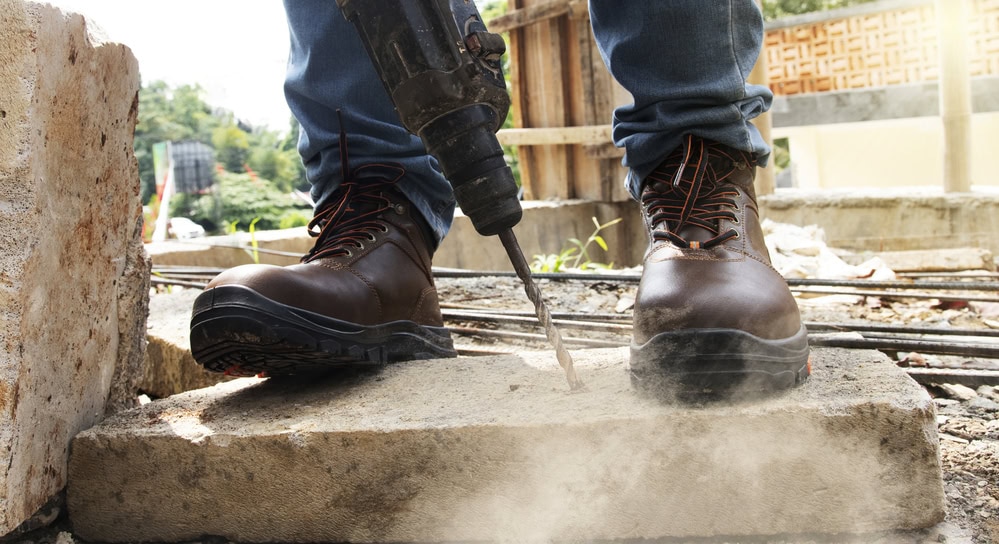The right time to change to summer tires
A rule of thumb says: From O to O you should be on the road with summer tires. But does this principle really apply from Easter to October? The TCS thinks it does as a guideline.

Although it is not forbidden in Switzerland who in the summer with Winter tires is foregoing a great deal of safety. Where a car with summer tires on a dry road already stands still after braking from 100 km/h to 0, a vehicle with winter tires still passes by at over 30 km/h. Summer tires differ from winter tires in both tread design and rubber compound to ensure optimum grip and stability even in hot summer weather.
Minimum tread depth and tire pressure
In Switzerland, a statutory minimum tread depth of 1.6 mm applies. However, the safety-relevant driving characteristics diminish even earlier. When the summer tires come back on the car, the tires should have a tread depth of at least 3 mm. Tip: Put a 1-franc piece in the tire tread. If you don't see the base of the Helvetia yet, the tires still have enough tread for the summer season. Also check the air pressure incl. spare wheel regularly. Because with too low air pressure the Driving increasingly dangerous (car is more difficult to control during braking and evasive maneuvers) and wear increases. Reduced tire pressure on all four wheels also doubles the risk of aquaplaning. Underinflated tires also increase the likelihood of punctures and blowouts.
Tire change
According to a TCS Facebook survey of almost 2,000 participants, around one third of respondents change the wheels themselves, while the remaining two thirds call on the help of a garage. Those who change the wheels themselves should check the winter tires for damage when removing them, check the tread depth and clean the tires thoroughly. It is also helpful to mark the tires with their position on the vehicle. According to the survey, the majority stores the removed wheels at home and only 40 percent leave the storage to a garage. A dry, dark and cool place is suitable for storage. Complete wheels can be hung on the wall or stacked, while loose tires can be stored upright.
More info









